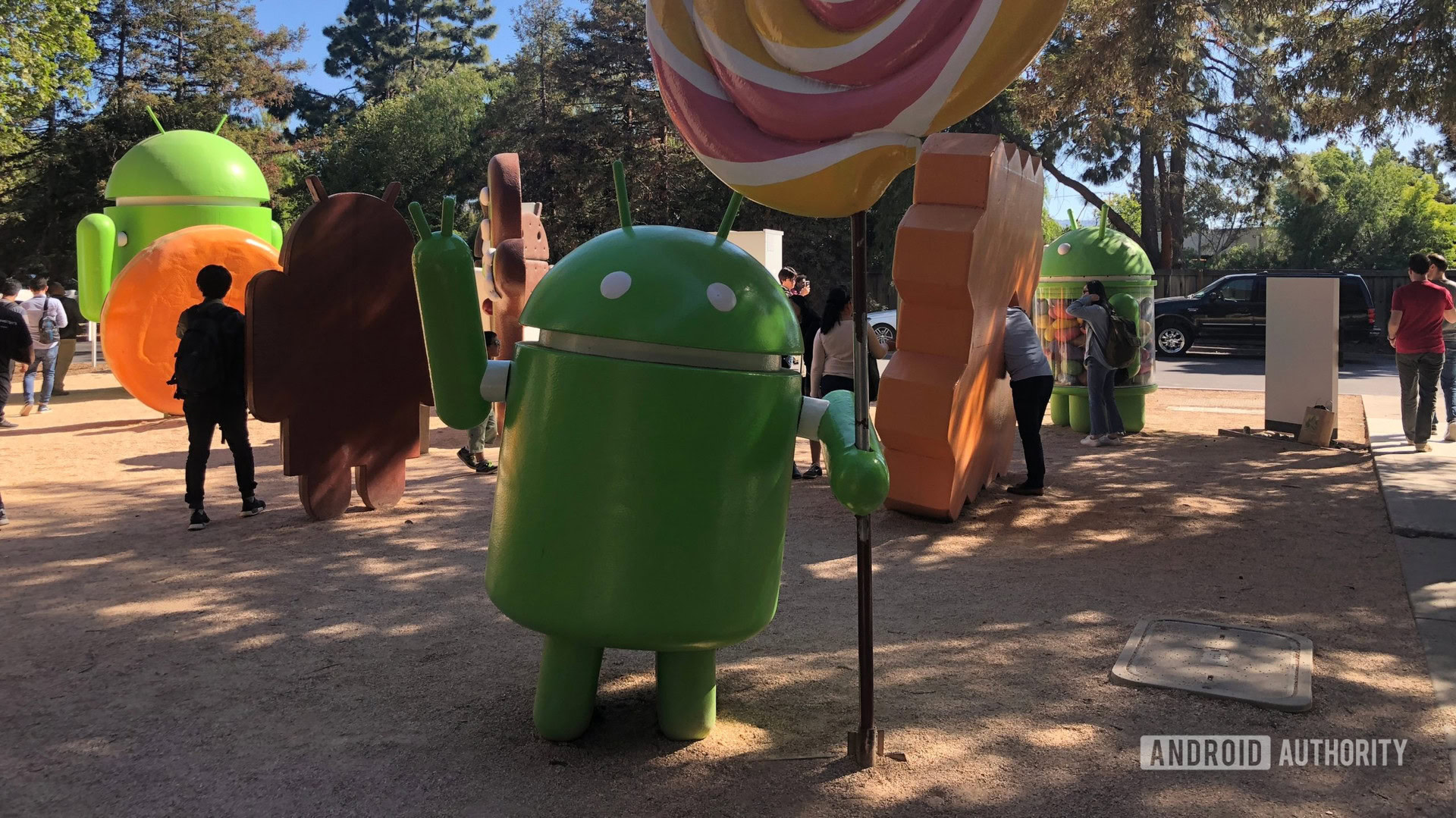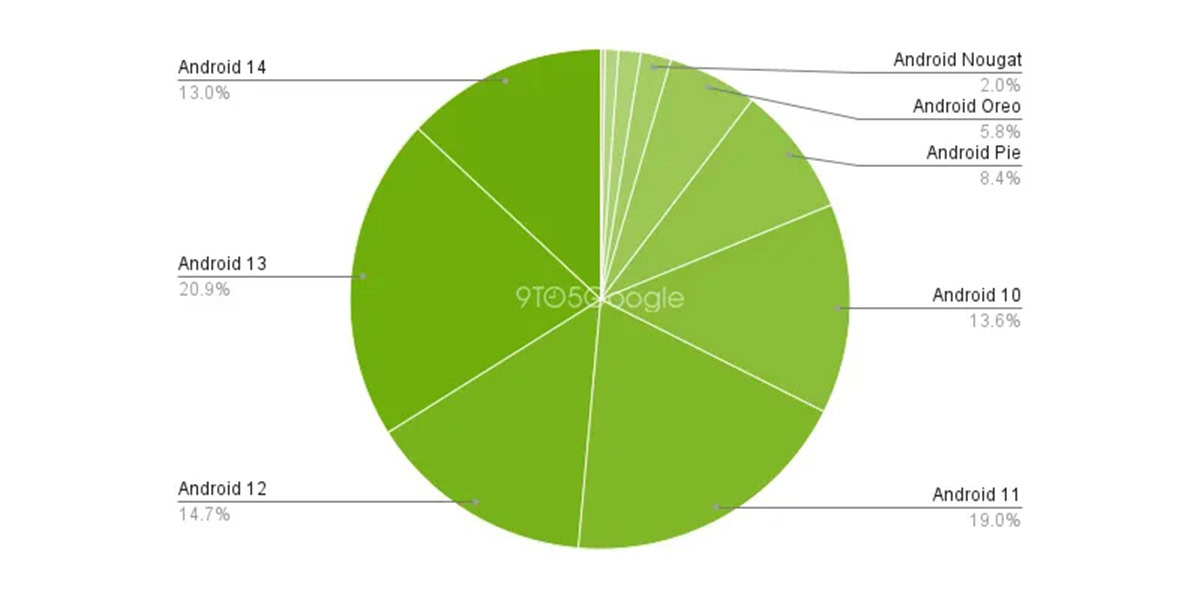Affiliate links on Android Authority may earn us a commission. Learn more.
There's a good chance you're still running Android 13, according to Google's latest stats
July 31, 2024

- Android 14 has seized 13% of the market since its introduction, but Android 13 leads the pack at nearly 21%.
- Android 12’s market share is the most stable year-to-year.
- Use of Android 11, 10, and 9 is dropping off fast.
It is entirely too easy for Pixel owners to forget how good they have it. Google’s got a new Android release ready to go? Pixel phones get it first. Time to start the public beta for Android’s next major revision? Pixel phones are first in line. But for hundreds of millions of Android users, Android 14 isn’t even an option yet, and maybe not even 13 or 12. Just how many people are currently stuck on some increasingly ancient-looking Android releases? We’re checking out the latest figures this week, as Google shares an update to its Android Studio distribution figures.
As the most wonderfully nerdy of you may recall, Google used to publicly share its breakdown of how many Android devices were running which version. But several years back, Google tucked that info away within Android Studio, and stopped updating it with regular frequency — we’re lucky if we see new numbers once a year. In the interim, we find ourselves turning to reports from other sources, like the breakdown among managed devices Esper shared earlier this month. But now we’re once again getting the good stuff, as 9to5Google spots that Studio’s got some fresh data for us, representing the picture as of May 2024:
Unsurprisingly, the numbers here look a lot more modern than the picture we got from Esper’s very business-focused report; here, nearly half of all Android devices Google’s gathering data on are running Android 14, 13, or 12. Contrast that with only 22.6% of hardware on those same Android versions in Esper’s analysis.
It’s a little sad to see quite so many people still on Android 11 or 10, but interesting that our five most recent Android editions each capture (very roughly) 1/6 of the market — with everyone older than that lumped into the remaining sixth (like a Trivial Pursuit piece with one rubbish wedge). Compared to how things looked this time last year, the older releases like Android 11, 10, and 9 are all down about 4% in their share. Android 12 usage is declining at a slightly lower rate, and Android 13 adoption has positively exploded — neither of those should be any surprise. And Android 14 uptake isn’t too far off from where 13 was at the same point in 2023.
If you’re a little underwhelmed by how predictable that all felt, there’s still the possibility we could start seeing some big shifts in this breakdown next time around. Companies like Google and Samsung have begun committing to seven years of updates for (at least some of) their phones, and that could definitely push the distribution towards more recent versions of Android.
That said, not only are some manufacturers not willing to extend the same lengthy support promise, but on a global scale we are absolutely not looking at a landscape where most Android users are carrying modern flagships from top-name brands. And until everyone has access to the same kind of software update guarantees, there are always going to be a whole lot phones stuck on old releases of Android.
Thank you for being part of our community. Read our Comment Policy before posting.
